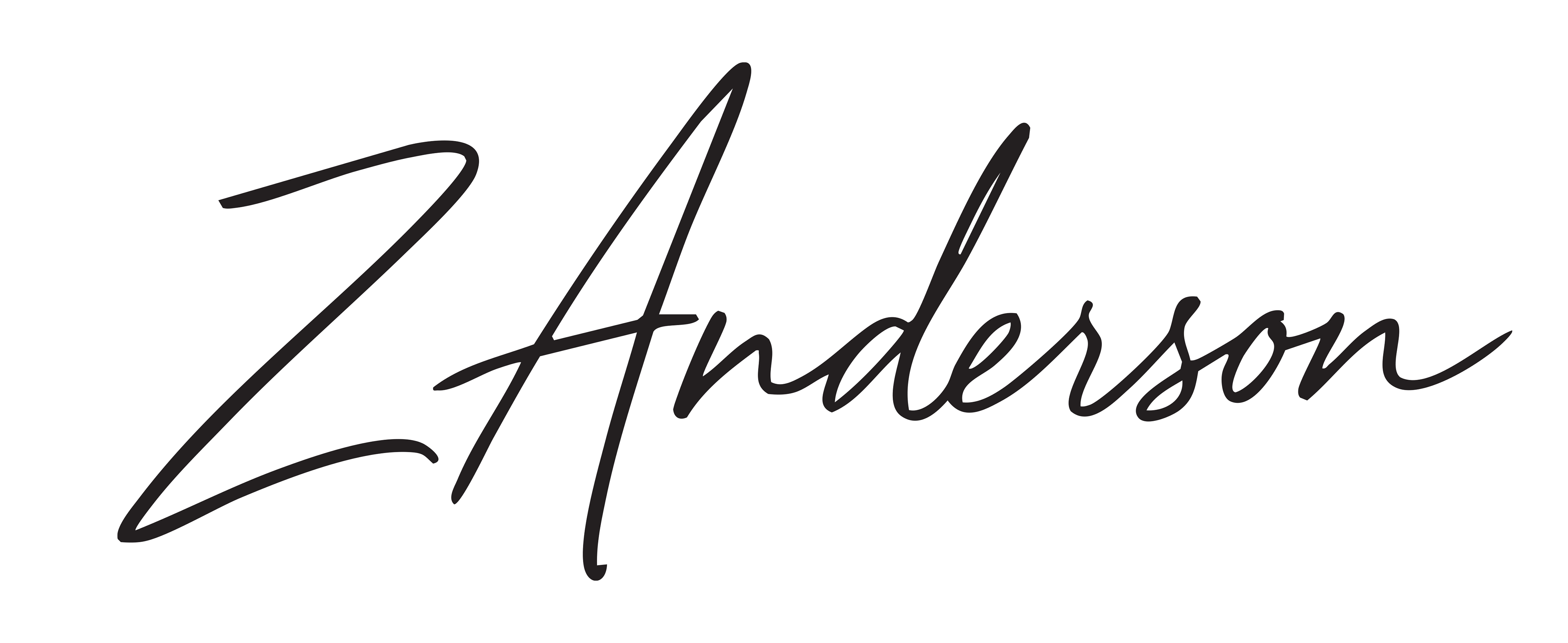2025 Schedule Poster | The Blueprint
This past summer, I was tasked with designing the 2025 schedule poster. I developed five distinct concepts to present to Coach Franklin, who ultimately selected the final direction.
Chosen Pitch: The concept features a long, horizontal schedule layout designed to resemble an architectural blueprint. Grid lines, measurements, and sketch-style graphics tie into the upcoming athletic brand for the year, while also reflecting the reality that our stadium is under construction. The schedule is presented as a construction timeline or build plan, with each game serving as a milestone in the process. Blueprint-style icons such as stadium sketches and structural details further reinforce the theme, making the design authentic, timely, and memorable.
The Branding
This design is extremely personal to me, as I hand-drew many of the elements within the piece. My goal was to create something that felt deeply connected to our fan base, knowing Beaver Stadium is an iconic landmark for Penn Staters. At Penn State, tradition runs deep and fans often resist change, which made it important to balance history with progress. The schedule poster is one of the most anticipated releases each year, and I’ve experienced firsthand how challenging launches can be if the design doesn’t resonate. Heading into what we believed could be a national championship run, I wanted to create something that was not only personal to me but also meaningful to our entire fan and alumni base. Each element in the design reflects both past and present—the Alma Mater as a nod to tradition, hand-drawn renderings of Beaver Stadium to capture what it has been and what it will become, and the iconic helmet stripe as a timeless symbol of identity. Together, these details tie old and new, with the hope of fostering community and inspiring acceptance of change.
Success of the Poster
The poster ultimately proved to be a huge success across social media, resonating with fans, alumni, and even the university president and her staff, who expressed excitement about the design. Its impact extended beyond our internal audience, as multiple articles were published specifically highlighting the creativity and execution of the piece.
